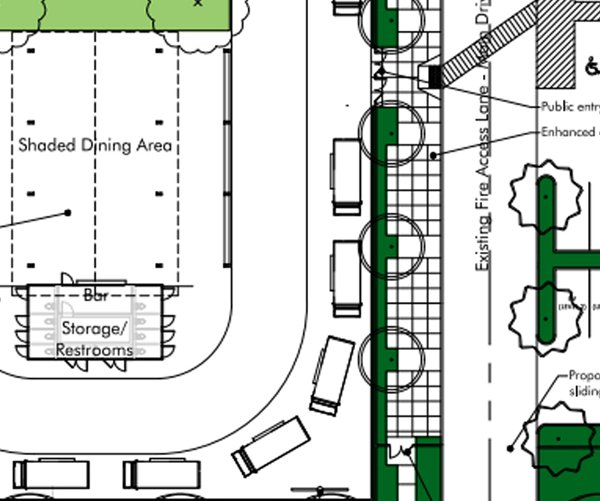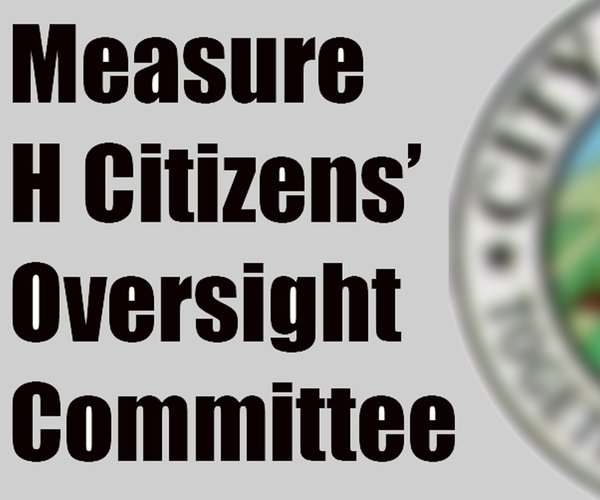Just released, the 2025 Stanislaus County Community Health Assessment (CHA) provides an in-depth look at the health conditions, disparities, and social factors shaping the well-being of Stanislaus County residents. Some of the findings show that many families are struggling to make ends meet, mostly due to exorbitant housing costs and low wages.
This assessment was overseen by the Stanislaus County Health Services Agency’s Public Health Division (HSA/PH) and the Stanislaus County Health Coalition (SCHC).
The 2025 CHA was created with help from many community partners, led by HSA/PH and the SCHC Steering Committee. The assessment uses data and community feedback to help answer examine health concerns that are affecting Stanislaus County and how the community to make strives for improvement.
“The 2025 Community Health Assessment is more than just data: it’s a roadmap for meaningful change,” said Vernell Shaw, senior director and Medi-Cal Regional Lead at Health Net. “It enables us to truly understand the unique challenges facing Stanislaus County residents and align our efforts to address them. We are committed to advancing health equity through collaboration and compassion, ensuring every individual has the support and opportunities they need to live healthier, brighter lives.”
The CHA examines the health needs and living conditions in Stanislaus County. It covers key topics such as chronic disease, behavioral health and maternal health. The report also explores how social drivers of health or factors like housing, employment, and healthcare access interact and contribute to overall well-being.
The assessment contains some jaw-dropping information.
In the snapshot on housing:
• 64 percent of residents surveyed say the county needs more affordable housing;
• Some families wait eight years or longer for Section 8 housing assistance;
• A person needs to earn $29.38 an hour to afford a two-bedroom apartment;
• 48 percent want more shelters and outreach programs;
• One in two renters spends over 30 percent of their income on housing, making it hard to afford other essentials.
• 29 percent of homeowners struggle to keep up with high housing costs.
Key insights in the “Economic Stability & Basic Needs” snapshot include these:
• The average household income in Stanislaus County is $74,872, which is $17,000 less than the state average;
• Families identifying as two or more races have the lowest average income at $65,905;
• 13.7 percent of residents live below the poverty line more than California and the nation;
• One in two respondents say access to affordable, nutritious foods needs more focus in the community.
• A family of two working parents and two children needs $119,303 each year to cover essentials;
• One in three families can’t afford basic needs such as housing, food, healthcare or childcare.
The assessment also points out the problems in education with only 21 percent of county students good at math compared to 34 percent statewide. The report also noted that many students report drug use is common in school bathrooms and that many experience anxiety and depression but access to mental health programs remains limited.
“This assessment reflects the power of collaboration,” said Heather Duvall, Managing Director of the Health Services Agency. “By working together, we can better understand our community’s needs and take action to improve health for everyone in Stanislaus County.”
The 2025 CHA will directly inform the Community Health Improvement Plan (CHIP), a community driven action plan focused on improving priority health areas over the next three years.
The CHIP process, led by the SCHC and supported by the newly established Health Initiative Unit, will outline shared goals, evidence-informed strategies, and measurable outcomes to advance health countywide.
The full 2025 Community Health Assessment is available online at: schsa.org/CHR
For more information about the CHA or the Stanislaus County Health Coalition, contact the Health Services Agency- Public Health Division at (209) 558-7700.





